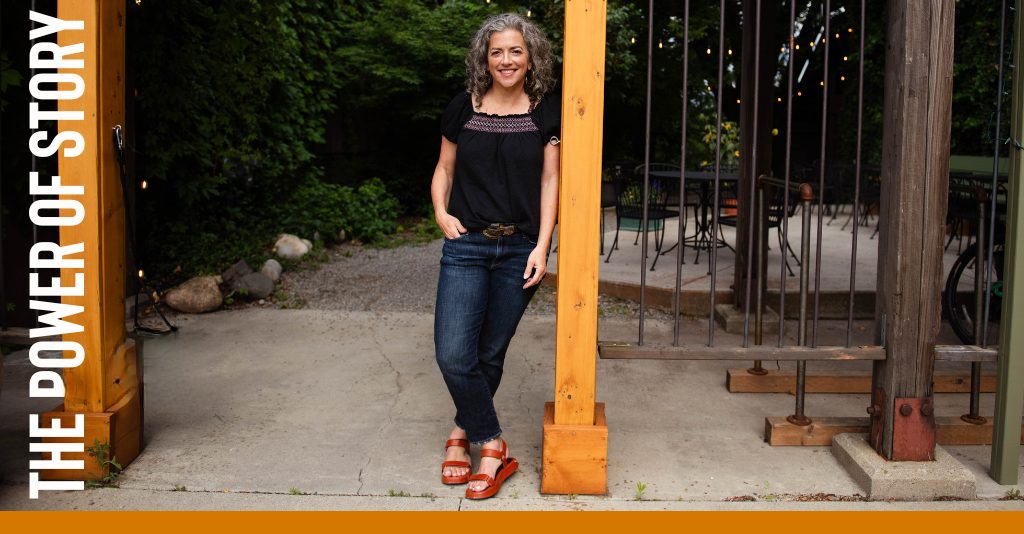I was recently a guest on a podcast, and one of the first questions would be to introduce myself. Being a strategic storyteller, I knew the answer needed to be a good story.
How could I fit 50-plus years of lived experience into 90 seconds? How can you fit a lot of “stuff” into a concise story? It might not be your personal story. It could be anything.
I always start by thinking about my intention. Who is my audience, and what do they care about? What do I want them to know and think differently? Then, what is my strategy? In other words, what do I need to get out of it?
Strategy is selfish; intention is selfless. At the risk of sounding transactional, I’m on the podcast to get something (broaden my network, get known for something). You, too, are telling a story for a desired outcome. Not to manipulate but to influence. For that to happen, they must first get something. Always be generous.
With that in mind, I wrote a first draft, choosing the most pivotal moments of my work and life and tying them together to create a storyline.
Even though it will be delivered verbally, writing the story allows me to look at it, be ruthless in my editing, and remember my choices. When I only practice by speaking, I forget those choices.
I then practice it out loud and then to someone. Outside perspective is so important here. You need that feedback. I delivered the story to my husband, and when I said, “I packed up the car and drove across the country…” he said, “Stop – who cares?” That’s right. Just take the audience to Colorado now. “I moved to Colorado to follow what I love – skiing.”
The road trip there was fun, but it didn’t serve my audience or the story. Just because it happened doesn’t mean it has to be in the story. That’s the ruthless part.
Think of your story as flesh and bones.
I work with an animal welfare organization, and their lead vet did something brilliant in her practice presentation to us. She showed X-rays on a screen and asked us to describe what we saw. She then explained it was a dog with an injured arm, leg, a cat, etc.
She had consciously decided to show us the X-rays and not the actual image of the injured animal because that would be too much. Potentially traumatizing. In showing us the x-ray, we could imagine it without the detail. What if you thought of your story as flesh and bones? The pivotal moments are the bones of your story. How much flesh you need in your story depends on the context.
If you are interested in hearing my abbreviated journey crammed into 90 seconds, you can find it in the Magical Learning podcast. A big thanks to Danette Fenton-Menzies, Jez, and Allegra for having me. When Jez, who asked me the question responded with, “That’s a great story,” I knew had done my job.
Take care out there.

SOME WAYS I MAY BE ABLE TO HELP YOU AND YOUR TEAM:
LEAD YOUR WAY: This mentoring/coaching program is designed to help you step into your leadership and show up as your best self so you can communicate to connect and amplify your impact.
COMMUNICATE TO CONNECT: In my storytelling workshops, I teach leaders of all capabilities how to engage authentically with their teams, community, and stakeholders to create meaningful connections that build trust, increase team engagement and lead to better fundraising and revenue generation.
Did you have something else in mind? Let’s talk and see how I might be able to help. Contact me and we’ll schedule a chat.
Stay in touch.
Sign up for our newsletter and receive a digital version of my book From So What? To So Funded! for free.

Leave a Reply